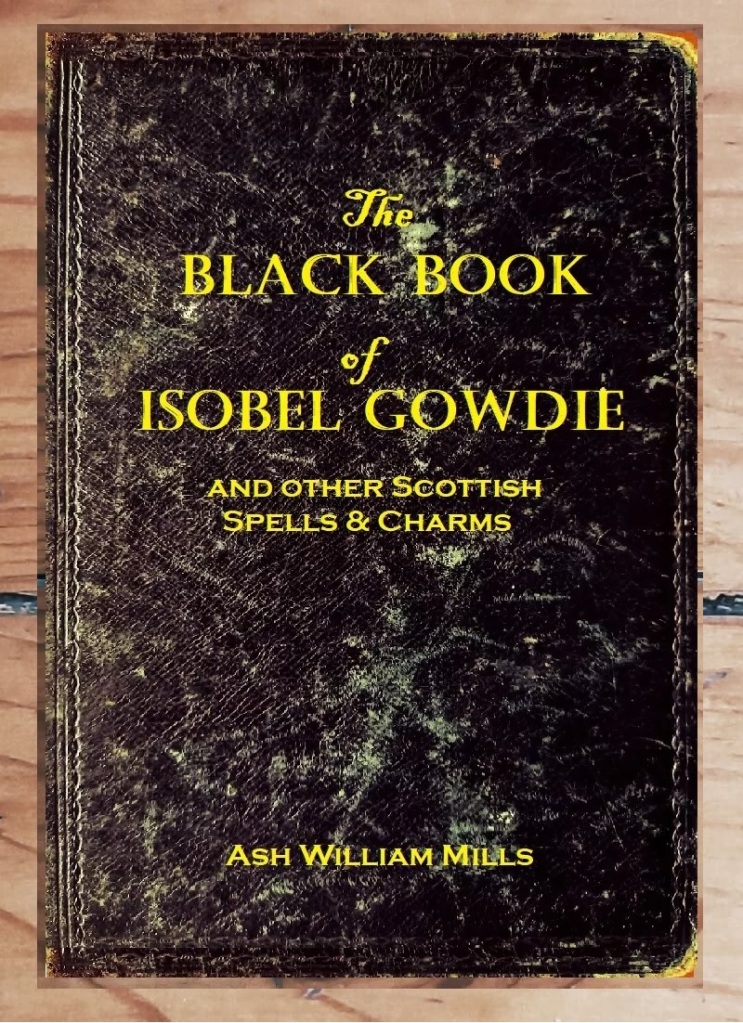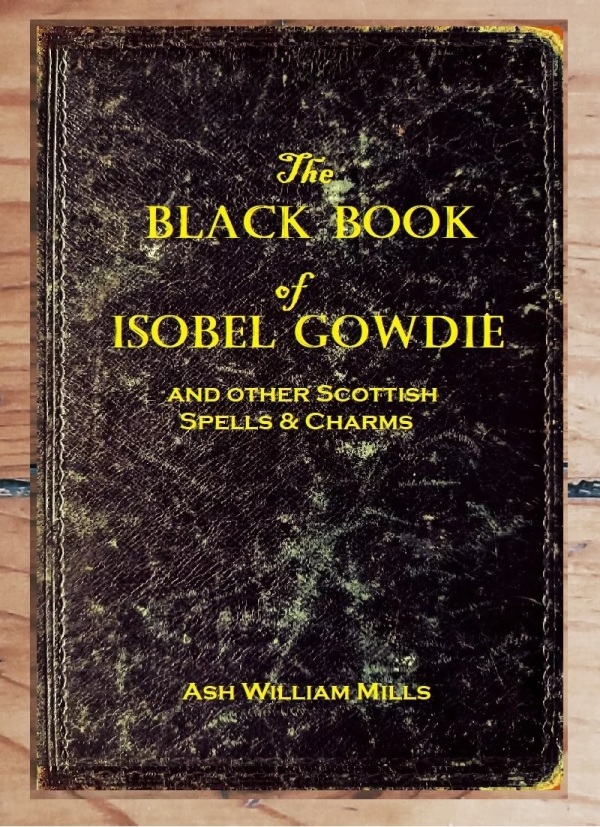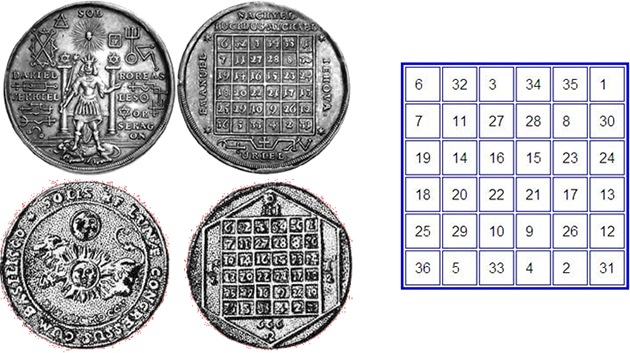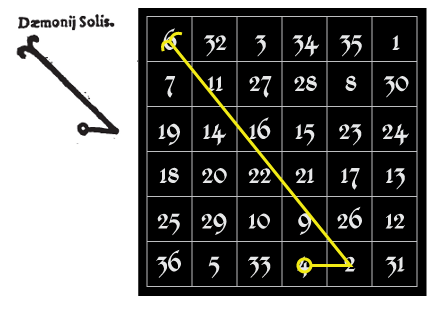Alexander Carmichael’s ‘Carmina Gadelica’ has had a massive influence on the popular perception of religious practices within Celtic-specking communities and has been, in fact, the very building blocking in the notion of an existing, unified faith which has been termed as ‘Celtic Christianity’ within the Highlands and Islands of Scotland. A fabricated, superficial concept or “package” which long plagued the minds of Celtic scholars and “celticists” through the age of the Celtic Revival has in recent years been revised and discredited under the umbrella of “Celtic Christianity”. How did Carmichael shape these simple hymns and prayers he collected from the Gaelic communities of Scotland and turn the Gael into the “Celt”? The fashionable term ‘Celt’ and ‘Celtic’ was a romantic image that fascinated the minds of 19th century Britain and Carmichael was too, keen to tide this wave of Celtic Revival. He wove a fantastical conception of the Highlander that practiced a Christian-based, pagan-friendly faith under the disguise of “Celtic Christianity’ which under a close eye is unrecognisable to the old Celtic church during the 7th and 8th centuries. However, one has to understand that it was just the Celtic revival of popular interests of a Celtic Fringe during his time as to how he presented the ‘Carmina’ but also his lack of understanding regarding Gaelic culture and beliefs.
Alexander Carmichael’s intentions for gathering the spiritual material from the Gaelic communities of the Western Highlands and Isles, published in his famous Carmina Gadelica which set to fashion the Gael as the “Celt” and prove the existence of ‘Celtic Christianity’ in Gaelic Scottish communities through his material. During the 19th century, Scotland was experiencing a more general Celtic revival[i] and with Celtic studies was still in its infancy, Carmichael was no doubt set out to impress Celtic scholars and those interested in the more romantic ideas of Celtic literature and culture. Much like that MacPherson was crafting the “Celt” from the Gael though his Ossianic poems, Carmichael was also with his Hebridean Hymns and prayers he had collected. Carmichael heavily shrouded the Highlanders with an air of romantic representation, who’s religious practices shared a unity amongst the Celtic nations:
“Perhaps no people had a fuller ritual of song and story, of secular rite and religious ceremony, than the Highlanders. Mirth and music, song and dance, tale and poem, pervaded their lives, as electricity pervades the air. Religion, pagan or Christian, or both combined, permeated everything–blending and shading into one another like the iridescent colours of the rainbow. The people were sympathetic and synthetic, unable to see and careless to know where the secular began and the religious ended–an admirable union of elements in life for those who have lived it so truly and intensely as the Celtic races everywhere has done and none more truly or more intensely than the ill-understood and so-called illiterate Highlanders of Scotland[ii].”
In this passage taken from his ‘Introduction’ of the Carmina, Carmichael is presenting the material from a people whose beliefs lay betwixt the pagan and Christian, and a secular and contemporary religion to make implications towards a type of Christianity, practiced only by the Celtic nations. He further endorses the idea of ‘Celtic Christianity’ by implying that the material he had collected was passed down from the time of the old Celtic church:
“Some of the hymns may have been composed within the cloistered cells of Derry and Iona, and some of the incantations among the cromlechs of Stonehenge and the standing-stones of Callarnis[iii] ”
Other Celtic writers enthused Carmichael’s imagery of the “Celts” and the Hebridean function which implied that the religion of the Gaels was an international one, a concept of “sea-united beliefs” shared between Scotland and Ireland[iv]. The Carmina provided the building blocks of the supposed contemporary and religious movement that we now call “Celtic Christianity” today[v].
As much as this concept was very appealing to his readers, or other ‘Celticists’, However, ‘Celtic Christianity’ or the “spiritual celt” that Carmichael was presenting was merely a reconstructed package and deceived his readers due to the discrepancy between his original recorded material of the Carmina and the printed forms[vi] . The folklorist: Hamish Henderson assessed the Carmina and concluded that Carmichael’s material was “consistent, large-scale fabrication”. The charms and Incantations were ‘incomplete’ from what he originally collected, lines shortened or lengthened, new lines added, or verses would be switched around according to his own form of “editing”[vii]. An editorial practice which seems was quite common amongst tradition and folklore collectors during Carmichael’s time since the publishing of MacPhersons ‘Ossian’, and in fact, due to this, he has been reputedly classed as the second MacPherson by Celtic scholars today.
EXAMPLE:
William McKenzie’ version:
“St.Briget, The daughter of Doughall Donn,
Son of Hugh, son of Art, Son of Conn,
Each day and each night,
I will mediate on the genealogy of St. Bridget”
Carmichael’s Version:
“The genealogy of the holy maiden Bride,
Radiant Flame of gold, noble foster-mother of Christ.
Bride the daughter of Dugall the brown,
Son of Aodh, son of Art, son of Conn,
Son of Crearar, son of Cis, son of Carmac, son of Carruin.
Every day and every night,
That I say the genealogy,”
D.U. Stiùbhart argues that the Gaelic material which Carmichael had collected from the natives of the Hebrides were, much like today, used in times of great difficulty or disasters experienced in the harsh environment in which they lived, and took consolation in their prayers as means to ward off potential harm[viii] . Furthermore, it seems more likely the beliefs reflected in the charms and prayers Carmichael had collected were of an animistic nature rather than the united ‘Celtic Christianity’ understood only outside of the Hebrides in the Lowlands. Donald E. Meek (‘The Quest for Celtic Christianity’, 2000) classified the material in the Carmina as being more “folk religion”, a blending folk belief, saints-pagan, and Christian and not to be confused with connections with the old Celtic church. Furthermore, Stiùbhart points how that these traditions were practiced in both catholic and protestant communities, and states that:
“Gaelic Material gathered by Carmichael was manipulated in such a way as to provide a paradigm rather different from the Hebridean people themselves might have understood or recognised[ix] ”
Carmichael’s perception on the hymns and prayers he has collected cannot just be solely exampled due to his “editorial” methods but also of his ignorance of the religious practices of the Gaelic communities J. MacInnes points out that neither Carmichael nor his predecessor; James Carmichael-Watson was acquainted enough with catholic devotional literature to recognise that the material they collected where simply Gaelic versions of catholic hymns[x] . However, Carmichael does try to provide a neutral subjectivity to the hymns and prayers he had collected in his introduction of the Carmina:
“Although these compositions have been rescued chiefly among Roman Catholics and in the islands, they have been equally common among Protestants and on the mainland.[xi] ”
His reasoning for this neutral attitude towards the “spiritual Celt” was due to Scotland’s divide in faith across the country in which many parts were still predominantly Protestant. His pursuit to not only use the Carmina as a foundation to justify the conception of an existing practice of ‘Celtic Christianity’ in the Hebrides, but he also presented a Christian-based spirituality which embraced both Catholicism and Protestantism to persuade non-Gaelic lowlanders to the Celtic revival, and by using the Hymns and prayers as an example to sway them away from the negative stigma of the highlander, tainted by their lowland brethren[xii] .
Although even today the ideology of ‘Celtic Christianity’ highly attractive by “Celtictist” but is essentially a largely superficial concept. Donald E. Meek describes the function of modern ‘Celtic Christianity’ as:
“largely by keeping a close conceptual link with the “Celtic Fringe” and by presenting the ‘Fringe’ as a single cultural construct, functioning according to a primitivist model in which the inhabitants are perceived to have had (and in some cases to retain) values which are now lost to the society of the observer”[xiii].
The idea of a singular cultural construct of “Celtic” religion was just what Carmichael has trying to portray in the Carmina and despise new approaches regarding Celtic studies, this construct has been enthused further by other collectors and folklorist preceding Carmichael. The Irish scholar, Eleanor Hull was so inspired by Carmichael’s idea of the “spirituality of the Gaels” compiled material from both Alexander Carmichael and Douglas Hyde in her book; ‘The Poem-Book of the Gael’ which contributed to the idea of ‘Celtic Christianity[xiv] .
However, it was from the early 1960s that the revival of ‘Celtic Christianity’ began by Anthologisers who were reprocessing material of Carmina such as Adam Bittleston who published in his book titled The sun dances: prayers and blessings of the Gaels[xv] . Bittleston’s anthology moved the Carmina from the fringe of folklore to the center of ‘Celtic Christianity’. Others such a G.R.D. MacLean’s Poems of the Western Highlanders (1960) continued this trend[xvi].
Today, the ‘Celtic Christianity’ seems to no longer sit on the minds of scholars within Celtic Studies but now lay in the hands of contemporary spirituality, new agers, and especially through the neo-pagan movement which has either recycled or paganised the material to suit their own spiritual agenda. Such authors come to mind as Esther de Waal (‘The Celtic Vision: prayers, Blessings, and Invocations from the Gaelic Tradition’, 2001), Kathleen Jones (‘Songs of the Isles’, 2003) or Ellen Evert Hopman (‘Scottish Herbs and Fairy lore’ 2011).
Conclusion
Alexander Carmichael, through his ‘Carmina Gadelica’ essentially turned the folk religious practices from Gaelic communities of Scotland into a “Celtic spirituality” which implied a faith widely practiced within Celtic nations (Scotland and Ireland), carrying with it remanences of Old Celtic monasteries of Iona and Derry which encouraged ideas popular of Celtic Revival during the 19th century. Much like James MacPherson’s deception of Celtic Literature through his Ossianic poems, Carmichael was doing the same with ‘Celtic Christianity’ with his Hebridean hymns and prayers. Furthermost, he was using a similar editorial practice as MacPherson did, altering and polishing up the Gaelic material from how they were originally told and collected. Hamish Henderson found the ‘Carmina’ as largely a fabrication and its “Incantations” as incomplete and concludes that Carmichael modified the original material, adding and shorting lines or complete passages.
D.U. Stiùbhart explains that the prayers and incantations in the ‘Carmina’ were recited by the Gaelic people, who in times of great danger or disaster would find consolation in verses, and such folk practices were found in both Roman Catholic and Protestant communities and were far different from the “Celtic spirituality” conceptions shaped by Carmichael. It seems that these prayers, hymns, or incantations were a product of animistic beliefs, shared by many Hebridean communities who despise what Christian faith they practiced at that time. Furthermore, Donald E. Meek places the Hebridean practices as more a “folk religion” than that of ‘Celtic Christianity”! However, Carmichael’s efforts on producing a misleading corpus of “Celtic” material cannot simply be explained through the influence of Celtic Revival and Celtic admires but also, as J. MacInnes points out that his lack of knowledge of Gaelic versions of Catholic devotional literature is a factor in his classification of material as “Celtic”.
Donald E. Meek, description of holding connection of the “Celtic Fringe” by presenting the “fringe” as a single cultural concept, has and still hold strong misconceptions of a “Celtic Faith” which the construct has been largely influenced by the ‘Carmina’ and enthused by others of a similar school of thought. Scholars of the early to mid-20th centuries such as Eleanor Hull, Adam Bittleston, and G.R.D. MacLean continued this “Celtic” trend and published works and ideas of their own based on the theology of the ‘Carmina’. Today this school of thought regarding ‘Celtic Christianity’ has since been discredited and no longer viewed the same with Celtic Studies. However, Carmichael’s concept has not entirely died out but is enthused in a different direction within modern contemporary spirituality, new age, and neo-paganism. Where the ‘Carmina’ has been recycled or paganised with a different agenda.
References:
[i] D. U. Stiùbhart, ‘Life and Legacy’, p.84
[ii] Carmichael, ‘Introduction’, Pp. xxxix-xl
[iii] Carmichael, ‘Introduction’, p. xli
[iv] Meek, ‘The Quest’, p.65
[v] D. U. Stiùbhart, ‘Life and Legacy’, p.93
[vi] D. U. Stiùbhart, ‘Life and Legacy’, p.85
[vii] MacInnes, ‘Introduction’, p.484
[viii] D. U. Stiùbhart, ‘Life and Legacy’, p.83
[ix] D. U. Stiùbhart, ‘Life and Legacy’, p.83
[x] MacInnes, ‘Introduction’, p.486
[xi] Carmichael, ‘Introduction’, -p.xli
[xii] D. U. Stiùbhart, ‘Life and Legacy’, p.87
[xiii] MacInnes, ‘Introduction’, p.78
[xiv] Meek, ‘The Quest’, p.65
[xv] Meek, ‘The Quest’, p.67
[xvi] Meek, ‘The Quest’, p.72
Bibliography
A. Carmichael, ‘Introduction’, Carmina Gadelica, Volume 1. (Edinburgh, 1900). Available online: https://www.sacred-texts.com/neu/celt/cg1/cg1002.htm. Accessed: 02/12/2020
J. MacInnes, ‘Introduction’, in Carmina Gadelica, ‘Dùthchas nan Gàidheal’ (ed. Michael Newton) (Edinburgh, 2006)
D. Meek, ‘From Hindustan to the Hebrides: The creation of contemporary ‘Celtic Christianity’, The Quest for Celtic Christianity (Edinburgh, 2000)
D. U. Stiùbhart (ed.), ‘Alexander Carmichael and ‘Celtic Christianity’’, The Life and Legacy of Alexander Carmichael (Port of Ness, 2008)







